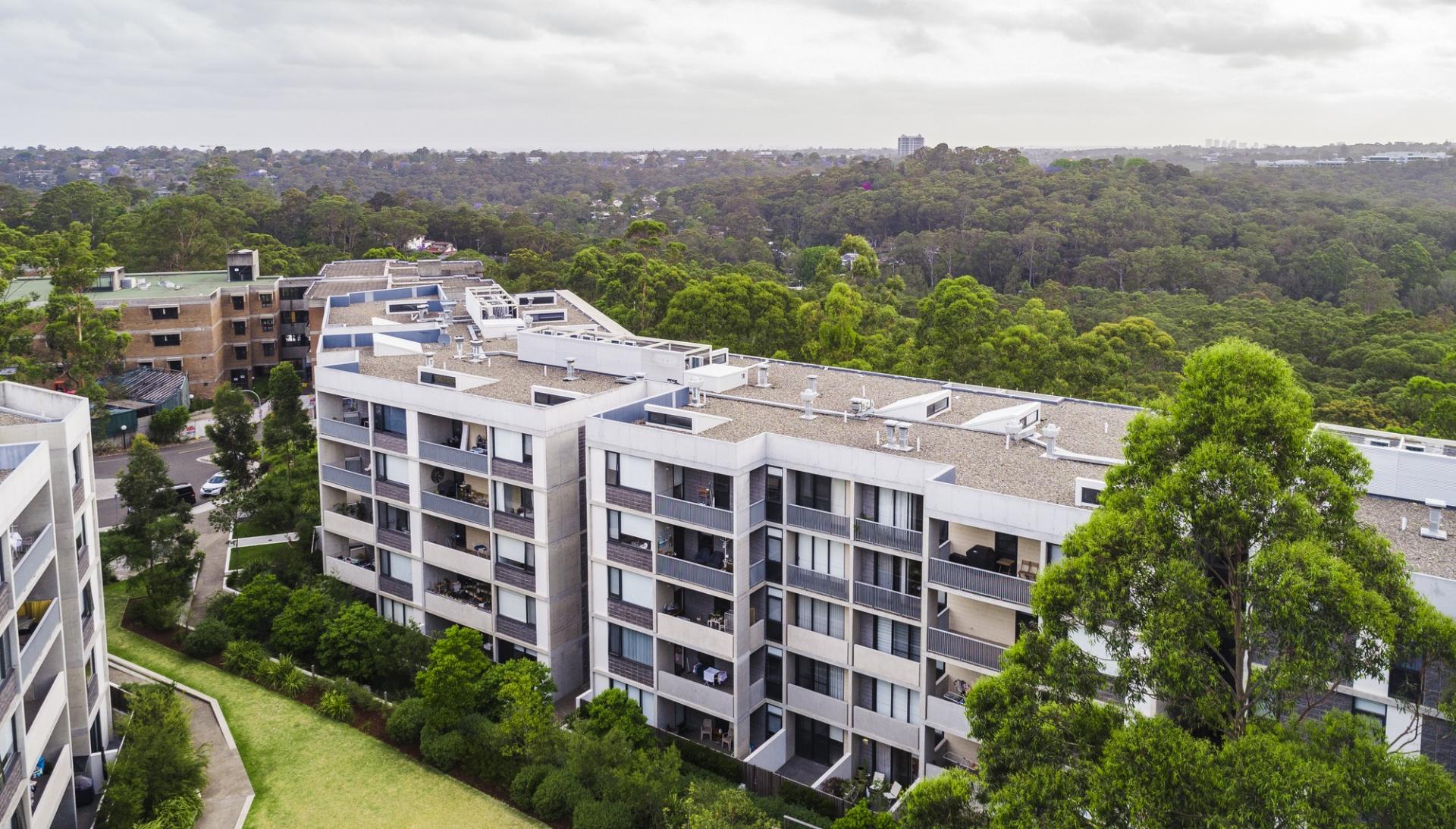High density housing can be more affordable for government.
As a recent AHURI brief discussed, many governments across Australia want to increase the supply of higher density housing in existing urban areas.
One reason is the cost of infrastructure and services. It can be cheaper for governments—particularly state, territory and local governments—to service higher density housing in existing urban areas, rather than providing new infrastructure and services in greenfield areas. There is a note of caution about this. If the needs of new residents overwhelm the capacity of existing infrastructure and services, updating and adapting these may cost the government more than expanding supply to new suburbs.
Higher density housing is generally more expensive to develop and build.
Many factors influence the development and building costs of housing and make apartments more expensive for developers to supply. The average cost to build an apartment was $358,400 in 2019 (most recent ABS data), compared to a single storey detached house ($320,200) or a townhouse ($280,200).
Land costs: Apartments are most frequently built in the inner city and near transport, shops and other services. Land in these areas typically costs more than in greenfield areas on the edges of cities.
Need for higher skilled workforce: Building apartments requires different skills and a more skilled workforce than for building stand-alone homes. Apartment projects compete with non-residential construction projects, such as hospitals, to attract the skilled workforce needed for more complex buildings.
Development costs: The way higher density housing is funded increases its delivery costs. Apartment developers often need to buy and combine multiple development sites. They often finance these purchases and construction costs through loans, and must pay interest on those loans. Developers must also attract the ‘off the plan’ buyers for most apartments before they—and their finance partners—are confident enough to begin construction. Attracting apartment buyers requires sophisticated marketing campaigns, which cost more than selling land or house and land packages.
All of these costs make apartments riskier—and more expensive—for developers to deliver.
Apartments are less expensive than houses on average
Despite the high costs of building, the average price of an apartment in Australia’s capital cities is less than that of a stand-alone house. For example, in February 2025 the average price of a 3-bedroom house in Greater Sydney was nearly $1.7 million, while the median price of a 2-bedroom unit was just under $900,000. Using a very simple measure of cost per bedroom, this means about $560,000 per bedroom for a house and $450,000 per bedroom for a unit.
In general, houses and apartments are quite different housing options. While the average size for new houses in Australia in 2020-21 was 232.3 m2, the size of new ‘other’ residential dwellings (including townhouses and apartments) was 137 m2. Comparing house and apartment prices also doesn’t consider variations such as home design, build quality and location.
For households that want a more central location and don't need the extra space, apartment living can be attractive and more affordable.
Is densification a way to improve affordability?
Increasing housing supply through building apartments can be a less expensive alternative to stand-alone homes for home buyers. It can also help reduce costs to government, as long as the population increase remains within the capacity of existing infrastructure and services.
The current challenge is making apartments more financially feasible for developers to deliver, while ensuring they are well-designed, well-constructed and well-located for a wide range of Australian households.
To find out more about density in Australia, view our earlier AHURI Briefs in this series on density.




